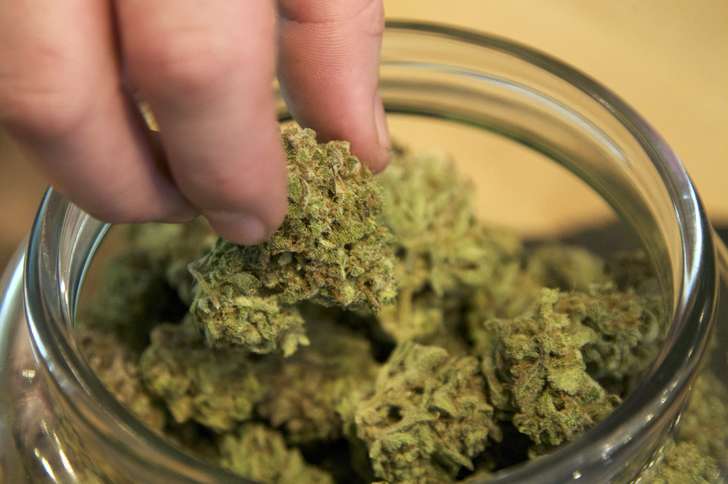-
Tips for becoming a good boxer - November 6, 2020
-
7 expert tips for making your hens night a memorable one - November 6, 2020
-
5 reasons to host your Christmas party on a cruise boat - November 6, 2020
-
What to do when you’re charged with a crime - November 6, 2020
-
Should you get one or multiple dogs? Here’s all you need to know - November 3, 2020
-
A Guide: How to Build Your Very Own Magic Mirror - February 14, 2019
-
Our Top Inspirational Baseball Stars - November 24, 2018
-
Five Tech Tools That Will Help You Turn Your Blog into a Business - November 24, 2018
-
How to Indulge on Vacation without Expanding Your Waist - November 9, 2018
-
5 Strategies for Businesses to Appeal to Today’s Increasingly Mobile-Crazed Customers - November 9, 2018
No Easy Way To Measure How Much Marijuana Impairs Drivers
The number of fatal crashes in Washington State more than doubled soon after marijuana was legalized, according to AAA.
Advertisement
The foundation – a nonprofit created by AAA, which provides emergency roadside service to drivers – found that 17 percent of Washington drivers involved in fatal crashes in 2014 had used marijuana recently.
In Washington, only looking at crashes in which at least one driver tested positive for active THC, there were 40 fatalities in 2010, compared to 85 in 2014, according to AAA estimates.
“I think policymakers trying to do the right thing are trying to establish something like a. 08 for cannabis, and there’s just not science to support it”, said Jake Nelson, the AAA foundation’s director of research.
The nation’s largest automobile club says six states that allow marijuana use have legal tests for driving while impaired by the drug that have no scientific basis, and it’s calling for scrapping those laws. The concept of per se limits is similar to the concept of the. Moreover, in terms of enforcement, in the amount of time it would take to transport a drugged-driving suspect to a testing facility, THC levels could drop below legal thresholds.
There is no reliable scientific evidence that drivers become impaired when they have a specific level of marijuana in the blood. It’s different in different people, so while a certain level could make one person high, another would be sober enough to drive. A qualitative approach to assessing drivers for THC intoxication is inherently murkier because it relies on the judgment of individual police officers. Furthermore, marijuana affects the body differently between people who are frequent users and those who do not use the drug often.
The U.S. National Institute on Drug Abuse provides more information on the effects of marijuana on driving ability.
U.S. laws governing driving under the influence of marijuana are unscientific, research reveals. AAA urges states to use more comprehensive enforcement measure to improve road safety.
In order to control drug-impaired driving, some states have established legal limits for the drug.
Seventeen states already have implemented various per se limit laws for marijuana. Drivers who get behind the wheel while impaired put themselves and others on the road at risk, the study said. In addition to Washington, three other states, along with Washington, D.C., have legalized it for recreational use – Colorado, Oregon, and Alaska – and 20 others have legalized the drug for therapeutic and medicinal use.
Likewise, when the researchers looked for a link between error rates and having THC levels above or below 5 ng/mL-the legal limit in Colorado, Washington, and Montana-they also found no clear difference.
Some drivers might be impaired when stopped by police, but by the time their blood is tested have fallen below the legal threshold because active THC dissipates rapidly.
Advertisement
AAA says the numbers should serve as a case study for more than 20 states now considering legalizing marijuana. Its mission is to prevent crashes and save lives through research and education about traffic safety. But, it is not even close to the leading cause of fatal crashes.





























